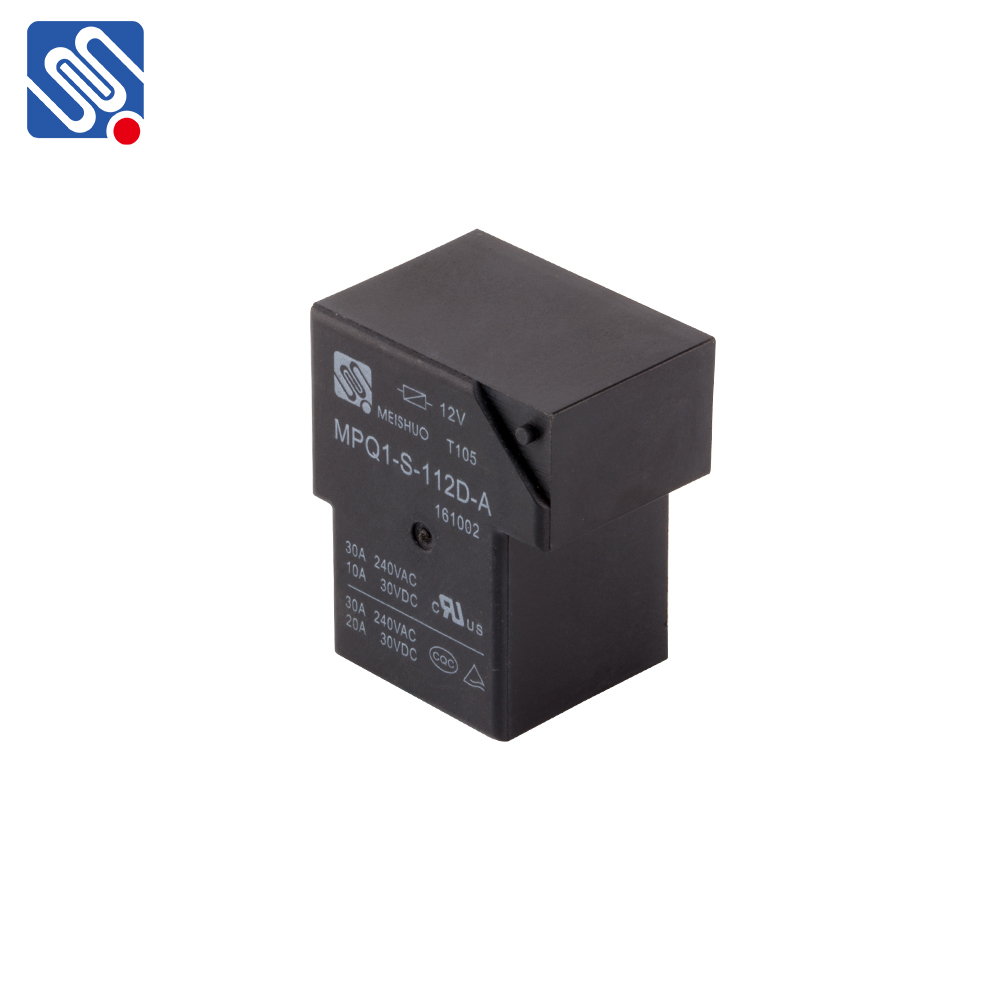relay connections: understanding their role and applications in electrical systems
Release time:2025-10-20 23:58:54
Relay connections play a crucial role in electrical and electronic systems, providing the ability to control circuits remotely, isolate sections of a system, and ensure safe operation in various applications. Relays are electro-mechanical devices that act as switches, capable of handling high power using a low-power control signal. This article aims to explore the fundamental working principles of relay connections, their various types, and their practical applications in modern technology.

What is a Relay?
A relay is essentially an electrically operated switch. It consists of an electromagnet, a set of contacts, and a spring mechanism. When an electrical current flows through the relay's coil (electromagnet), it creates a magnetic field that moves the contacts from one position to another. This allows the relay to either open or close a circuit, thereby controlling the flow of electricity through the circuit.
There are different types of relays, such as Electromagnetic Relays (EMRs), Solid State Relays (SSRs), and Thermal Relays, but they all function based on this fundamental principle.

